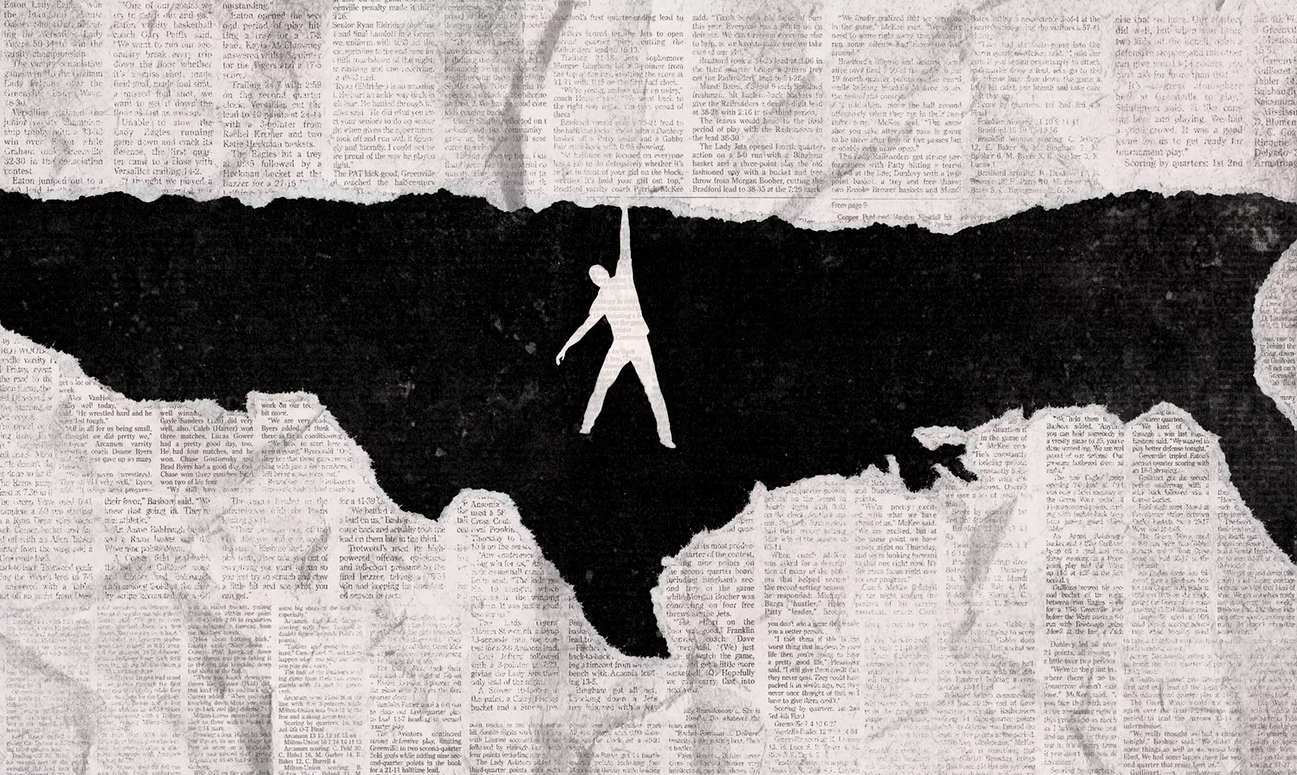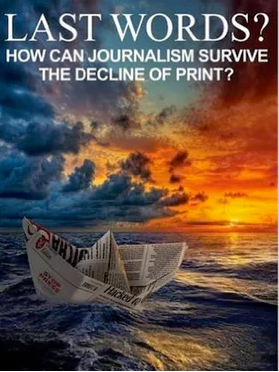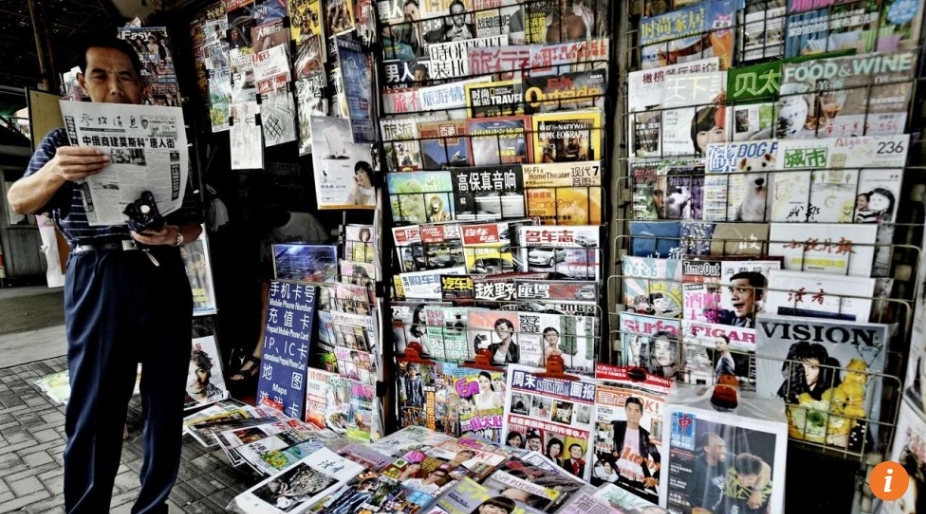1.) Next to the headline 'Out of control: riots reach crisis point' the selection of image of a presumably teenager in an Adidas tracksuit gives the impression of appearance and personality. Example, popularly a decade ago a 'Chav' might be marginalized and identified for their choice of Burberry, Nike or Adidas clothing, typically a white male that is notorious for his anti-social and intimidating behaviour. As a result, the representation of young people given with that frontline picture on the Daily Mail might create a mutuality in a person's dress sense and their personality. In this case tracksuits = reckless teenagers.
2.) David Buckingham mentions that the 'feral youth' are working-class and are being oppressed due to their representation, he mentions that Owen Jones in his book 'Chavs' calls it the 'new form of class contempt'.
3.) A 2005 IPSOS/MORI survey found that '40% of newspaper articles featuring young people focused on violence, crime or anti-social behaviour; and that 71% could be described as having a negative tone.' This as a result tells us something about the representation of teenagers, and that is that the majority of them are being classed to have a negative influence in almost every aspect, and there is as a result teenagers being victim to discrimination and prejudicism.
4.) Stan Cohen explores in his work that there were earlier cases of riots and the influences they had in causing it. He states that the moral panic has been developed into a worst state and that 'A condition, episode, person or group of persons emerges to become defined as a threat to societal values and interests; its nature is presented in a stylized and stereotypical fashion by the mass media; the moral barricades are manned by editors, bishops, politicians and other right-thinking people; socially accredited experts pronounce their diagnoses and solutions; ways of coping are evolved or (more often) resorted to; the condition then disappears, submerges or deteriorates and becomes more visible.'
5.) Stan Cohen also states that the media has made exaggeration to a situation, making it seem worse than it already is. He calls it a 'deviance amplification' where there is more attraction and involvement of people even though it doesn't concern or relate them, therefore as a result generating a moral panic on a wider scale than it was originally meant to be.
6.) The 'Arab Spring' was seen to have been influenced by the use of social networking. According to statistics, 'Protests took place both in states with a very high level of Internet usage (such as Bahrain with 88% of its population online in 2011)'. This means that the issue came to light and was derived from the aid of social media, making it be aware of on a global scale.
7.) Riots generated could go through a process called the 'two-step flow' model, where information is given to an 'opinion leader', and then this information and their subjective interpretation is spread to the public. This as a result means that consumers and the audience are being 'fed' a preferred interpretation of a situation which completely goes against free-thinking.
8.) On the other hand, scholars like Henry Jenkins appreciates social media's participation in bringing these events and situations to light. And that it was 'evidence of a wholesale democratisation of the communications system.' Also that 'They argue that the age of ‘Big Media’ – of powerful, centralised corporations controlling media – is now finished: hierarchical, top-down communications have been replaced by a more egalitarian approach.'
9.) According to the right-wing, the blame put on these 'students' were a reflection of their 'wild beast' and 'instinctive animal impulses' that resulted in violence. The insinuation here is of their anti-social behaviour.
10.) According to the left wing, the issue was being more sympathized as they explained different situations regarding a person's upbringing, society, etc are all a product of this kind of behaviour.
11.) Personally, I think there is a deep needing and identification of having wealth in the teenage community, and this usually tends to be obtained through "ghetto" or illegal ways, such as drug dealing and stealing, or any fraud. Simply, the unemployment rate and this sort of behaviour reflects each other. These kinds of teenagers often make dubious choices, and they saw this opportunity to join in the crowd and make benefit for themselves. The death of Mark Duggan had simply served a catalyst and sparked the event, and often used this as an example and excuse for their reasons.
12.) The media theory of a Marxist could be involved in the blame for capitalism here. Example, a Marxist believes that there are specific groups and ways of identifying people in society. And in this case the teenage community have no way of identifying themselves and fitting into any groups, and a result of their frustration means they're seen almost as a "outcast" to society.
13.) These young teenagers involved in the riots often had no room to voice their reasoning and intentions behind the riots. This as a result means that the headline and the media often are putting "words into their mouth" and presenting them in a way that seems menacing and intimidating. Simply as mentioned earlier, there is a deviance amplification where the moral panic is being picked on more than it already is. (making it worse)
14.) As stated in the previous question, there are no exact words and quotes being presented in the article by the interviewees themselves, and are instead being paraphrased. They're yet again having words put in their mouths, although the article does outline some plausible sounding causes such as unemployment rates for teenagers and their backlash as a result.
15.) I believe there are both for and against reasons for prison sentences but also at the same time having sympathy for them. Obviously, as a teenager you often make dubious choices in life, and this particular event was one of those choices that had a very, very punishing consequence. I therefore think as a decent human being that at least there should be some sort of sympathy being felt. This includes both teenagers and young adults to mature adults being involved in the riots. We personally are not in their shoes and should at least understand their situation and their struggle before making blunt judgments on stealing while looking at it from a plain and moral perspective.






